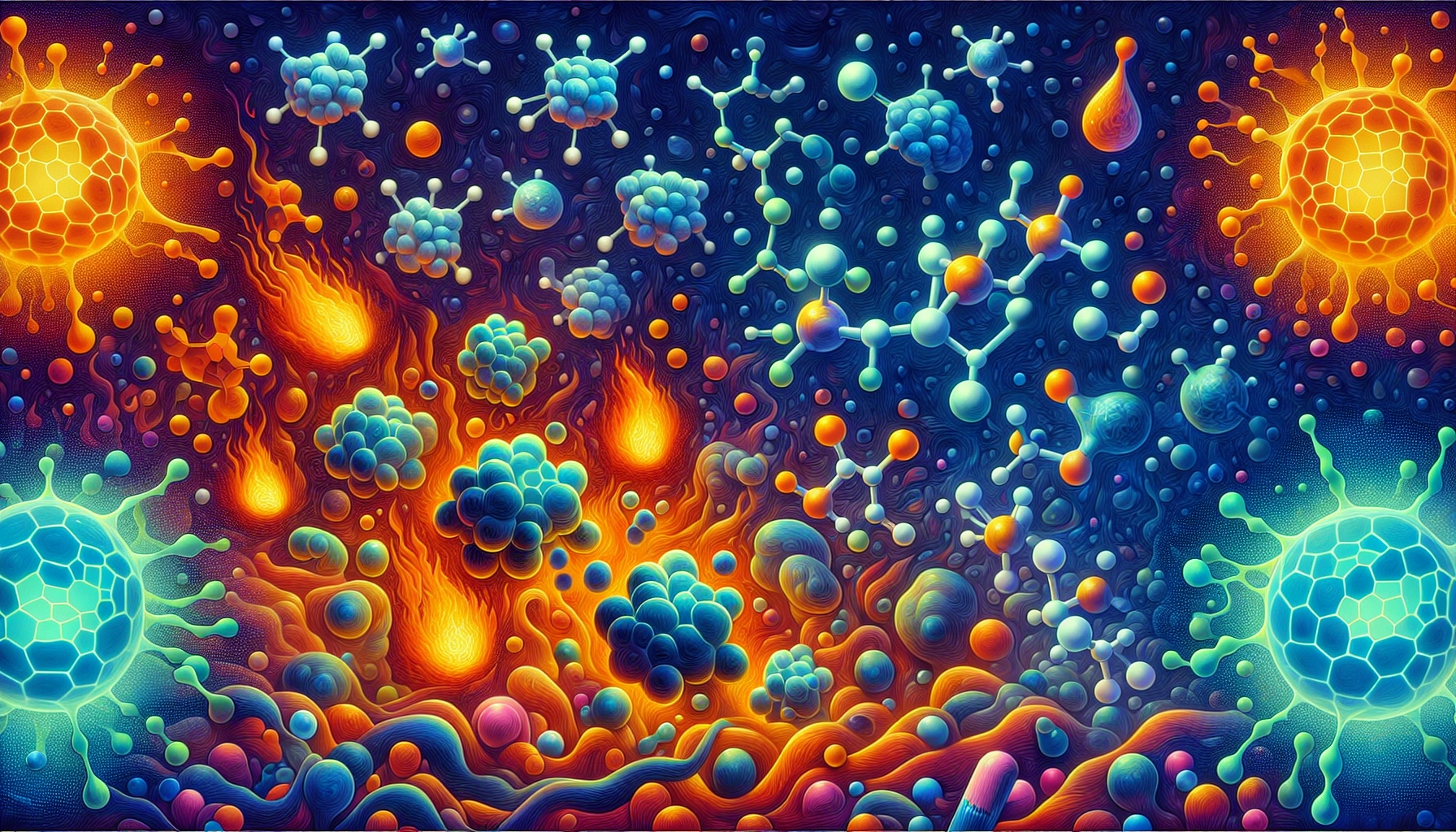Vitamin C, Is It What You Think It Is?
Are you taking this wrinkle inducing vitamin?
From the dreaded laugh lines to the deep crow’s feet, are you aware that most vitamins sold in the market today actually induce wrinkles instead of helping to prevent them? Yes, even though you’re choosing to be proactive and take charge of your health, certain vitamins are slowly stealing your youthful appearance from the inside. It’s no wonder the cosmetic industry is booming from their anti-wrinkle creams due to the fact that we are more concerned with what we put on our skin instead of what we put in our bodies!
Whatever you consume whether good or bad will eventually make its appearance through your skin either with a healthy glow or problematic surface issues.
RDA
of Vitamin C is only 60mg!
Consuming the most common Vitamin C tablets will provide you with 500-1000mg of
Ascorbic Acid on
a daily basis. With all the binders and fillers added to those products, you are left with just enough Ascorbic Acid for your body to make up the other co-factors needed to equal the 60mg. That’s expensive urine!
The main vitamin that we will be discussing in this article is Vitamin C or better known as Ascorbic Acid if you read most supplement ingredients facts. Vitamin C is a water-soluble vitamin, meaning that your body doesn’t store it so we have to consume it on a daily basis through the food we eat or the supplements we consume. Vitamin C relates to wrinkles in that one of its main jobs in the body is the synthesis of collagen. Collagen is the structural component of our skin that acts as cement to hold our tissues together. When the breakdown of collagen occurs, our skin loses its firmness and elasticity causing fine lines to appear on the outside.
Thankfully, Vitamin C can stimulate the skin cells to increase collagensupplies but just not any form will do! Consuming Vitamin C as Ascorbic Acid (synthetic form) will actually cause further breakdown of the collagen tissue whereas consuming Whole Food Vitamin C will act as a rebuilder. Whole Food Vitamin C is made up of many components and the largest factor being Ascorbic Acid. Through modern technology, laboratories have the ability to create and or extract Ascorbic Acid from many different means for pennies on the dollar. Interesting find- as of recently, the most extracted form of Ascorbic Acid comes directly from genetically modified corn! So not only are you consuming an unusable vitamin form but you also could potentially be ingesting a slew of damaging chemicals. Testing has shown that the most popular “One a Day” vitamin is not only synthetic but also includes seven different chemicals, solvents and dyes- just what our bodies need to get us going in the morning!
Consuming Vitamin C as Ascorbic Acid (synthetic form) will actually cause further breakdown of the collagen tissue whereas consuming Whole Food Vitamin C will act as a rebuilder.
According to the Organic Health Association, over 95% of vitamins manufactured contain synthetic ingredients.
Over consumption of synthetic
vitamins depletes the body’s storage causing more disease and degeneration.
It’s sad to say but the very product that most consumers purchase to improve
their health truly turns out destroying it. That is the case with Ascorbic
Acid. Because it is 1/5 of Whole Food Vitamin C, when Ascorbic Acid is taken
the body cannot utilize it until the other 4 factors are present. Where do you
find the other 4 factors? You guessed it, our collagen tissue! So regardless of
what creams and potions are used on the outside, if you take Ascorbic Acid on a
daily basis you can guarantee those wrinkles aren’t fading anytime soon. Think
for a minute with me, when was the last time you climbed an Ascorbic Acid tree
to pick off its delicious fruit? Yeah, not possible because Ascorbic Acid does
not solely exist on its own in nature; it’s not Whole Food! You must consume
Whole Food nutrients for the body to recognize it and then utilize it for
rebuilding and repairing of its vital systems. Whole Foods are those
ingredients that have been concentrated down from raw, living foods. They are
not isolated but instead highly complex structures that combine a variety of
enzymes, coenzymes, antioxidants,
trace elements, activators and many other unknown or undiscovered factors all
synergistically working together.
It is often said that Americans have
the most expensive urine in the world due to the fact that we are sold
isolated, synthetic form of vitamins that typically flush through our systems
un-utilized and then down the drain. Walking into a store searching for a good
vitamin is like looking for a car on a used dealer’s lot. The choices seem to
be endless but once you decide on a good one, it doesn’t take long to realize
that something may be missing or not working
properly. You were sold a car maybe even one that has a fancy new paint job
(aka sexy packaging and fraudulent labeling) but then you discover the engine
is missing entirely! In a sense, that is what synthetic vitamins are being sold
as. What you see and read is “All Natural Vitamin C” but turn the bottle over
and the source is Ascorbic Acid. The catalyst or “engine” is gone so your body
has to rob the other co-factors in turn crippling other areas of the body to
boost another. It’s a vicious cycle where in the beginning you may feel great
because your body has enough storage to sustain that process but in the end,
you’ll be worse off than where you started plus with a few more wrinkles added
too.
Vitamin C is the most common synthetic vitamin to point out but it is just as easy to chemically manufacture all the other vitamins as well with devastating effects. How to point out the frauds is easy once you grasp the concept of reading supplement labels. The same holds true for ingredient lists on food packaging. What you want to read is whole food derived ingredients. Rule of thumb: If you can’t recognize it or pronounce it, then chances are it has been made in a lab and not found growing in the garden. We all know eating junk food will not make us healthier and the cheap convenient foods on a dollar menu are not really food at all but instead a conglomeration of chemicals, emulsifiers and trans fats. Synthetic vitamins are the “junk food” of supplements so if we make the very same comparison from food to vitamins, it’s easy to understand and never be tricked or fooled again into buying something that is a fake!
You can rest assure that every vitamin/supplement ingredient in all of our products are derived from raw, living food sources. provides the highest quality ingredients along with the proper enzymes, co-factors for optimal digestion and utilization of the nutrients.
Acerola cherry (also called the Barbados Cherry) and Rose Hips are both very
rich sources of natural vitamin C. In fact, acerola is said to have 32 times more
vitamin C than orange juice. It is also a rich source of antioxidants and
polyphenols with additional health benefits.
Citrus Bioflavanoid Complexis a blend of flavanoids from citrus courses including hesperidin, quercetin, rutin and tangeritin. In addition to being potent antioxidants, citrus bioflavanoids have the ability to increase intracellular levels of vitamin C and promote healthy capillary permeability and blood flow.
A blend of high antioxidant fruits including grape seed, wild blueberry, wild bilberry, cranberry, cherry, prune, raspberry and strawberry. These fruits are specially processed and freeze-dried to ensure the highest nutrient content. Loaded with potent fruit polyphenols, anthocyanins, proanthcyanidins, ellagic acid, chlorogenic acid and resveratrol, this natural, whole fruit blend also includes standardized levels of resveratrol and quercetin and guarantees a minimum of 30% polyphenols.
What factors deplete Vitamin C:
Stress
Smoking
Illness
Injury
Birth Control Pills
Estrogen for Menopause
Cortisone
Aspirin
So just say NO, thank you to synthetic ingredients and join us as we strive to re-educate the average consumer on the importance of Whole Food ingredients and the difference between nutrient utilization over nutrient consumption!
More to come






